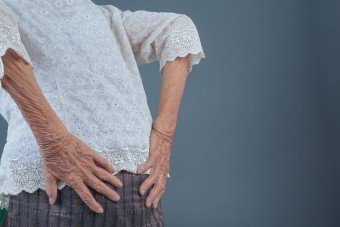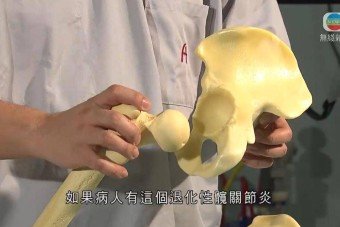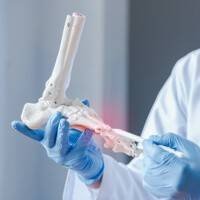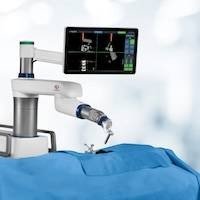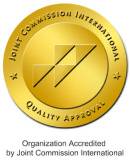The hip joint is the largest joint in the human body and bears significant weight. When issues arise with the hip joint, they often affect daily activities, such as experiencing pain when bending or sitting. Additionally, due to restricted mobility, individuals may find it difficult to put on shoes, and in severe cases, this can even lead to a discrepancy in leg length. One common cause of hip joint disorders is avascular necrosis, which refers to the death of bone tissue due to a lack of blood supply. Major contributing factors include excessive alcohol consumption, long-term use of medications containing high concentrations of steroids, and previous severe trauma to the hip joint, such as fractures. Furthermore, degenerative changes due to wear and tear are also significant factors, as aging can lead to degenerative changes in the hip joint from prolonged use, further resulting in discomfort.
When patients seek medical attention, they often do so at a more severe stage, at which point surgical treatment may be necessary. After a thorough examination, if physical therapy and analgesics do not improve the condition, and the patient's daily life is severely impacted, doctors typically recommend hip replacement surgery.
In recent years, robotic-assisted total hip replacement surgery has been introduced in Hong Kong. This technology involves preoperative Computed Tomography (CT) scan and planning, followed by the use of robotic arm to perform the bone cut and placing the artificial implant during surgery. The advantages of this type of surgery include increased precision, safety, and accuracy, reducing errors during the procedure; the accuracy of implant placement has improved from 80% to 98%, and there is less trauma to soft tissues, promoting faster functional recovery.
Additionally, this technology can reduce the risk of complications, including a fourfold reduction in the risk of joint dislocation, and the five-year revision rate for implant loosening has decreased from 7% to 3%. In summary, the treatment of hip joint disorders requires tailored solutions based on specific circumstances, and seeking medical attention early can effectively improve conditions and enhance quality of life.


